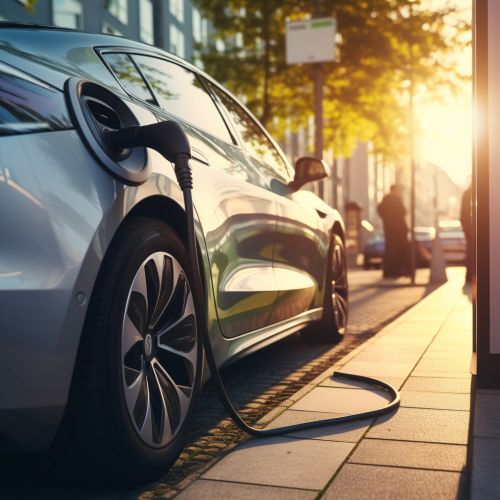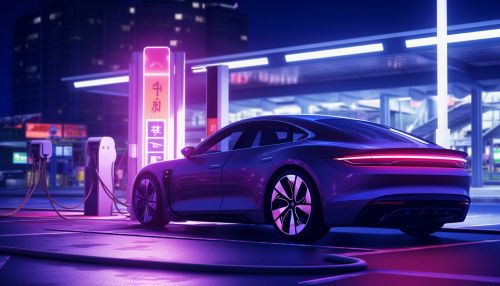Plug-in Hybrid
Introduction
A Plug-in Hybrid or Plug-in Hybrid Electric Vehicle (PHEV) is a type of hybrid electric vehicle that combines a gasoline or diesel engine with an electric motor and a large rechargeable battery. Unlike conventional hybrid vehicles, which can only recharge their batteries by running the engine or through regenerative braking, PHEVs can be plugged into an electric power source to recharge their batteries.
History
The concept of a plug-in hybrid has been around for a long time. The first known plug-in hybrid was built by Thomas Davenport in 1839, long before the invention of the gasoline engine. However, it wasn't until the late 20th and early 21st centuries that advances in battery technology made PHEVs a viable option for mass production.
Design and Function
The design of a PHEV is similar to that of a conventional hybrid in that it has both an internal combustion engine and an electric motor. However, the key difference is the larger battery pack and the ability to recharge it from an external power source. This allows the vehicle to drive for extended periods (typically 10-40 miles) on electric power alone, after which the gasoline engine kicks in to provide additional range.
Types of Plug-in Hybrids
There are two main types of plug-in hybrids: series and parallel. In a series hybrid, the gasoline engine is not connected to the drivetrain and only serves as a generator to recharge the battery. In a parallel hybrid, both the engine and the electric motor can drive the wheels directly.
Benefits and Drawbacks
There are several benefits to PHEVs. They can significantly reduce gasoline consumption and greenhouse gas emissions, especially for short trips where the vehicle can operate solely on electric power. They also offer the flexibility of a conventional car for longer trips, eliminating the range anxiety associated with pure electric vehicles. However, PHEVs are typically more expensive than conventional cars or regular hybrids due to the cost of the batteries. They also require access to a charging infrastructure, which may not be available in all areas.
Environmental Impact
PHEVs have the potential to significantly reduce greenhouse gas emissions, especially if the electricity used to charge them is generated from renewable sources. However, the environmental impact of PHEVs can vary depending on several factors, including the efficiency of the gasoline engine, the source of the electricity used to charge the batteries, and the driving habits of the user.
Future of Plug-in Hybrids
While PHEVs currently represent a small fraction of the total car market, their popularity is expected to grow in the coming years as battery technology improves and charging infrastructure expands. However, they face competition from pure electric vehicles, which are also improving rapidly and offer the potential for even greater reductions in greenhouse gas emissions.
See Also


